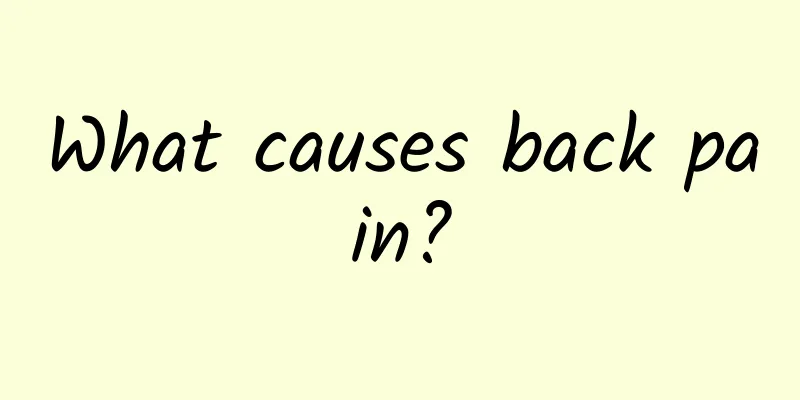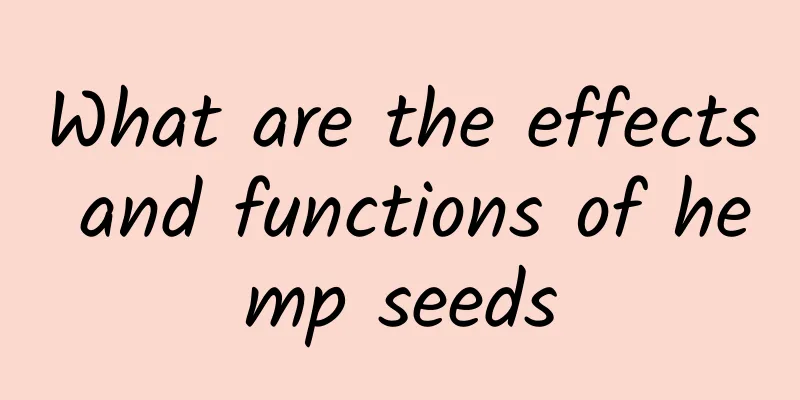How to treat chronic prostatitis

|
Medical research on the treatment of chronic prostatitis has never stopped. This is mainly because the causes of chronic prostatitis are composed of bacterial and non-bacterial parts. Therefore, in the treatment of chronic prostatitis, it is necessary to identify the causes of its formation before symptomatic treatment can be carried out. Moreover, since the clinical manifestations of chronic prostatitis are different, finding a treatment for chronic prostatitis is not an easy task. Generally speaking, in the treatment process of chronic prostatitis, it is necessary to distinguish the treatment methods of chronic bacterial prostatitis and chronic non-bacterial prostatitis. Therefore, the specific treatment of chronic prostatitis needs to be explained in detail. The treatment of chronic bacterial prostatitis is mainly based on oral antibiotics, and sensitive drugs are selected. The course of treatment is 4 to 6 weeks, during which the patient should undergo periodic efficacy evaluation. If the therapeutic effect is unsatisfactory, other sensitive antibiotics can be used instead. Alpha-blockers can be used to improve urination symptoms and pain. Herbal preparations, nonsteroidal anti-inflammatory analgesics and M-receptor blockers can also improve related symptoms. Chronic non-bacterial prostatitis: Oral antibiotics can be taken for 2 to 4 weeks, and then the decision on whether to continue antibiotic treatment can be made based on the feedback on its efficacy. It is recommended to use α-receptor blockers to improve urination symptoms and pain. Herbal preparations, non-steroidal anti-inflammatory analgesics and M-receptor blockers can also be used to improve urination symptoms and pain. The treatment goals of chronic prostatitis are mainly to relieve pain, improve urination symptoms and improve quality of life, and the efficacy evaluation should be based mainly on symptom improvement. 1. General treatment Patients should conduct psychological counseling on themselves, maintain a cheerful and optimistic attitude towards life, abstain from alcohol, and avoid spicy and irritating foods; avoid holding urine, sitting for long periods of time, and riding a bicycle or horse for long periods of time, pay attention to keeping warm, and strengthen physical exercise. 2. Medication The most commonly used drugs are antibiotics, α-receptor blockers, herbal preparations and non-steroidal anti-inflammatory analgesics, and other drugs also have varying degrees of effectiveness in relieving symptoms. (1) Antibiotics Currently, in the clinical practice of treating prostatitis, the most commonly used first-line drug is antibiotics, but only about 5% of patients with chronic prostatitis have clear bacterial infection. Chronic bacterial prostatitis: Antibiotics are selected based on bacterial culture results and the ability of the drug to penetrate the prostate. After prostatitis is diagnosed, the course of antibiotic treatment is 4 to 6 weeks, during which time the patient should undergo periodic efficacy evaluation. Intraprostatic antibiotic therapy is not recommended. Chronic nonbacterial prostatitis: Antibiotic treatment is mostly empirical treatment, and the theoretical basis is to speculate that certain pathogens that are negative in routine culture cause the occurrence of this type of inflammation. Therefore, it is recommended to take oral antibiotics such as fluoroquinolones for 2 to 4 weeks, and then decide whether to continue antibiotic treatment based on the feedback on the efficacy. It is recommended to continue using antibiotics only when clinical symptoms have been alleviated. The recommended total course of treatment is 4 to 6 weeks. (2) α-receptor blockers α-receptor blockers can relax the smooth muscles of the prostate and bladder and improve lower urinary tract symptoms and pain, and thus become the basic drug for the treatment of type II/type III prostatitis. Different α-blockers can be selected according to the patient's condition. The recommended α-receptor blockers mainly include doxazosin, naftopidil, tamsulosin and terazosin. The results of control studies show that the above drugs have different degrees of improvement on patients' urination symptoms, pain and quality of life index. (3) Herbal preparations The therapeutic effect of herbal preparations in type II and type III prostatitis is increasingly valued and is the recommended treatment drug. Plant preparations mainly refer to pollen preparations and plant extracts, which have a wide range of pharmacological effects, such as nonspecific anti-inflammatory, anti-edema, and promoting bladder detrusor contraction and urethral smooth muscle relaxation. Recommended plant preparations include: Pushitai, Sabah palm and its extracts, etc. Due to the large number of varieties, their usage and dosage need to be determined according to the patient's specific condition, and the treatment course is usually measured in months. The adverse reactions are minor. (4) Nonsteroidal anti-inflammatory analgesics Nonsteroidal anti-inflammatory analgesics are empirical medications for the treatment of symptoms associated with type III prostatitis. Its main purpose is to relieve pain and discomfort. (5) M-receptor blockers: For patients with prostatitis who have symptoms such as urgency, frequency and nocturia but no urinary tract obstruction, M-receptor blockers (such as tolterodine) can be used for treatment. (6) Antidepressants and antianxiety drugs For patients with chronic prostatitis who have concurrent mood disorders such as depression and anxiety, antidepressants and antianxiety drugs can be used while treating prostatitis. These drugs can not only improve patients' mood disorder symptoms, but also relieve physical symptoms such as abnormal urination and pain. When using these drugs, you must pay attention to the prescription requirements and adverse drug reactions of these drugs. The antidepressants and antianxiety drugs available include selective serotonin reuptake inhibitors, tricyclic antidepressants and other drugs. (7) Chinese medicine and traditional Chinese medicine are recommended for the treatment of prostatitis in accordance with the relevant standards of the Chinese Medicine Association or the Chinese Society of Integrated Traditional Chinese and Western Medicine. 3. Other treatments (1) Prostate massage Prostate massage is one of the traditional treatment methods. Studies have shown that appropriate prostate massage can promote the emptying of prostate gland ducts and increase local drug concentrations, thereby alleviating the symptoms of patients with chronic prostatitis. Therefore, it is recommended as an auxiliary therapy for type III prostatitis. It is contraindicated in patients with type Ⅰ prostatitis. (2) Biofeedback therapy studies have shown that patients with chronic prostatitis have pelvic floor muscle dyssynergia or external urethral sphincter tension. Biofeedback combined with electrical stimulation therapy can relax the pelvic floor muscles and make them coordinated, while relaxing the external sphincter, thereby relieving perineal discomfort and urination symptoms of chronic prostatitis. (3) Heat therapy mainly utilizes the thermal effects produced by a variety of physical means to increase blood circulation in prostate tissue, accelerate metabolism, help reduce inflammation and eliminate tissue edema, and relieve pelvic floor muscle spasms. It can relieve symptoms to a certain extent in the short term, but the long-term effect is unclear. It is not recommended for unmarried and childless people. (4) The efficacy and safety of prostate injection therapy/transurethral prostate infusion therapy have been confirmed. This article is a detailed explanation of the treatment methods of chronic prostatitis specifically for prostatitis patients who have questions about the treatment of chronic prostatitis. It is hoped that the introduction to the treatment methods of chronic prostatitis in this article can help everyone in the treatment of chronic prostatitis. Here, I hope that every prostatitis patient can recover their health as soon as possible. |
<<: What to do if your eyelids are red and swollen
>>: Treatment of chronic pharyngitis
Recommend
Gastroesophageal reflux disease
Although the clinical treatment of gastroesophage...
What to do if your eyelids are loose
Sagging eyelids are a common phenomenon in our da...
What's the matter with phlegm sticking in throat?
There is phlegm in the throat, and the symptoms a...
How to regulate poor metabolic function?
Metabolism is a natural manifestation of the body...
What to do when wisdom teeth hurt
Many people have had wisdom teeth. If you have wi...
What is herpes simplex virus?
Humans are the only natural host of the herpes si...
What are the effects of lecithin and deep-sea fish oil?
In recent years, scientists have gradually discov...
What causes intermittent heartbeats?
The heart is a very important organ in the human ...
How long after taking antibiotics can I take probiotics
Most of the time, gastrointestinal discomfort is ...
Early symptoms of lymphoma
Although lymphoma is not common in our lives, we ...
Why does the cough keep getting better?
Some people have a cough for a long time and it n...
Who is suitable for drinking rose?
Women's bodies are often very weak during men...
Is polystyrene harmful to the human body?
High-pressure polyethylene refers to a polymer co...
What are the symptoms of ectopic pregnancy?
Ectopic pregnancy is an abnormal pregnancy phenom...
Treatment for eczematous cheilitis
Cheilitis is a disease that usually occurs when t...









